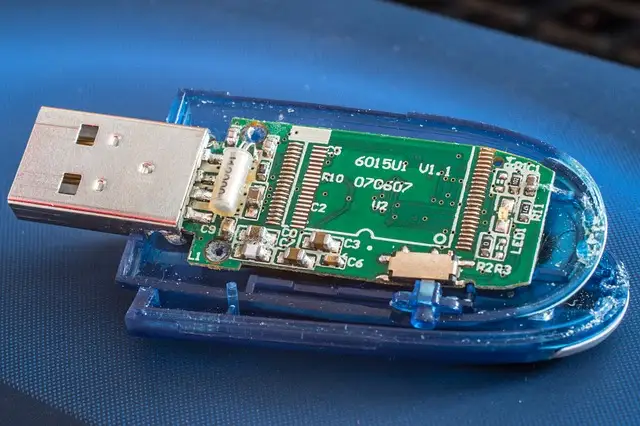
USB sticks or external hard drives are susceptible to failures in their file systems that prevent reading and writing data on them, and even format them. This often arises as a result of using them as boot disks containing various operating systems and also due to errors in the software responsible for this task.
There are many free and paid tools to solve this type of failure, however, one of the most effective is the Diskpart tool, included in the Windows command line interface. The process is very simple, you just have to take into account that the repair process of the affected unit will erase all the information contained inside it. Follow these steps.
How to fix a USB flash drive or external hard drive without programs
Connect your thumb drive or thumb drive to the computer. If it’s an internal hard drive such as a laptop or game console drive, make sure you’re using a quality adapter.
Type “CMD” in the search box on the taskbar when the Command Prompt app appears click Run as administrator.
In the command line interface type the command diskpart and press the Enter key. Next, type the command list disk and press the Enter key. Its function is to make the disk drives connected to your computer appear.
Next, identify your USB memory or external drive. Use its original size as a reference. Next, type the command select disk X and press Enter, where X represents the value assigned by the Diskpart tool to your USB drive.
Once it is shown on the screen that the memory or USB disk has been selected, type the clean command and press the Enter key. The function of this command is to delete all existing partitions at that time.
After this, type the create partition primary command and hit the Enter key. With this you will have created a new partition on your USB drive.
Now, type the command select partition 1 and hit the Enter key. What this command does is select that partition to be able to format it.
Finally, type the command format FS=NTFS and hit the Enter key. Wait for this process to finish so you can use your USB flash drive again.
Note: The NTFS parameter can be interchanged with the FAT32 parameter, depending on the file system you want to use.
Image by A_Different_Perspective from Pixabay
See also:
How to upgrade to Windows 11 for free